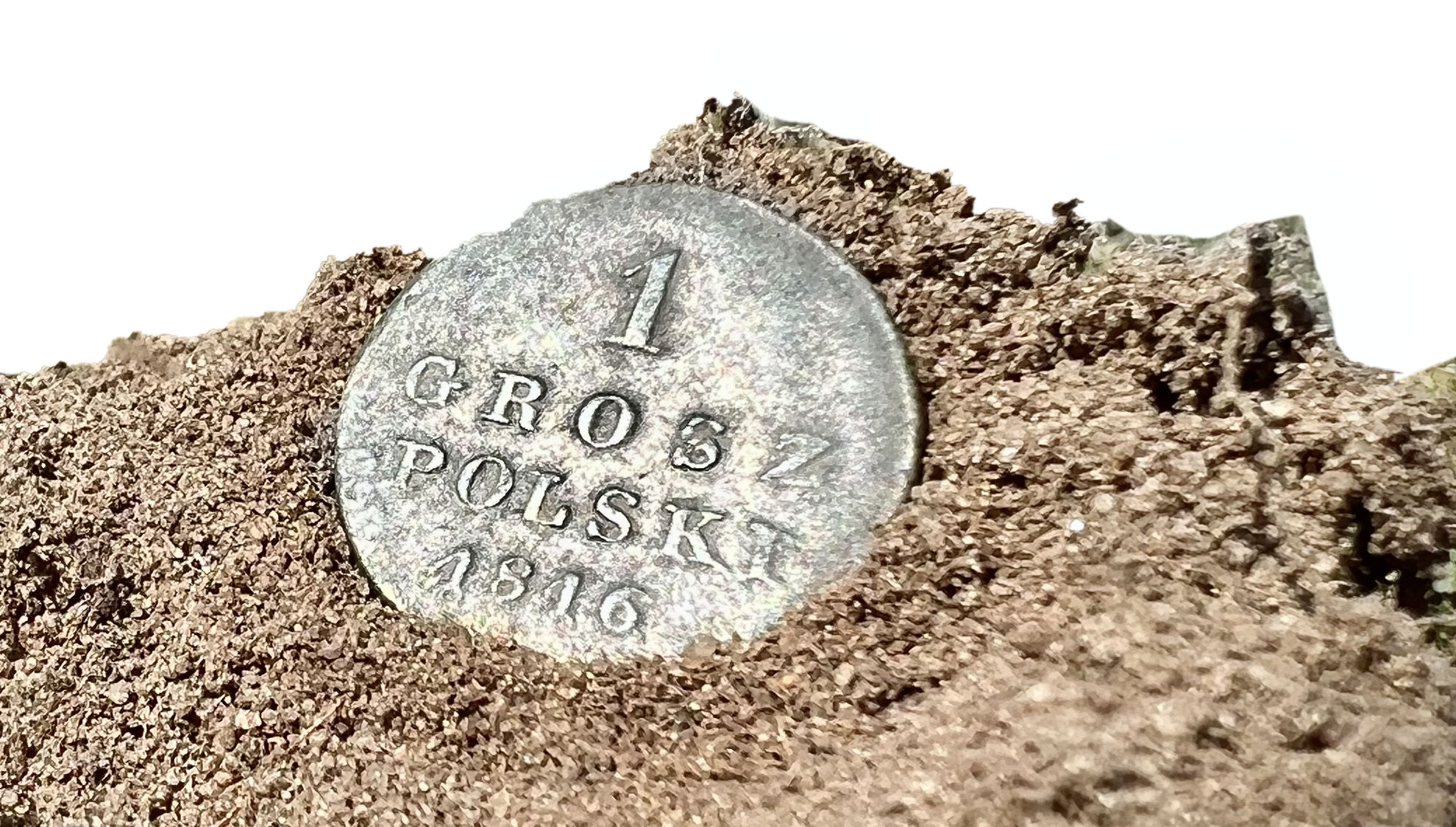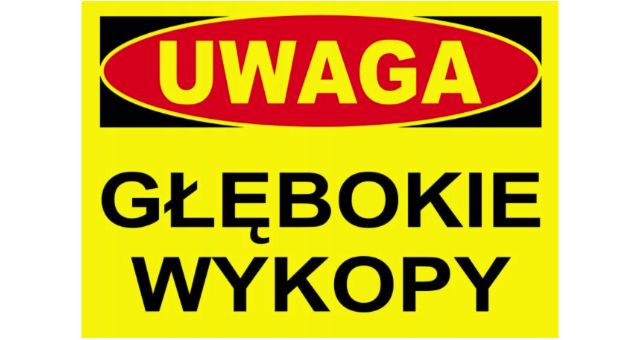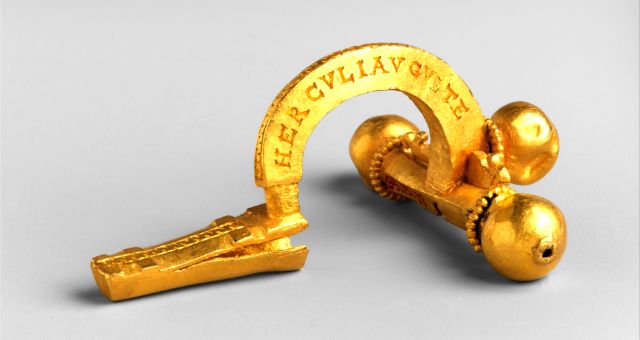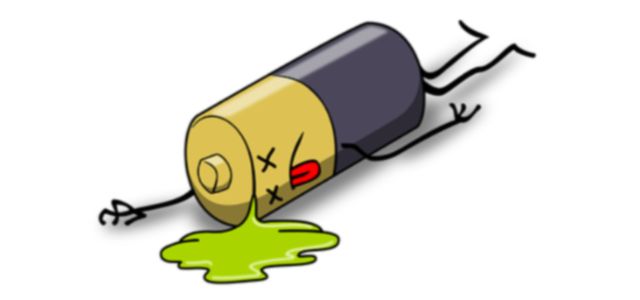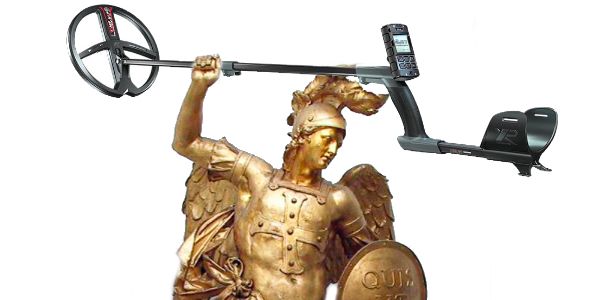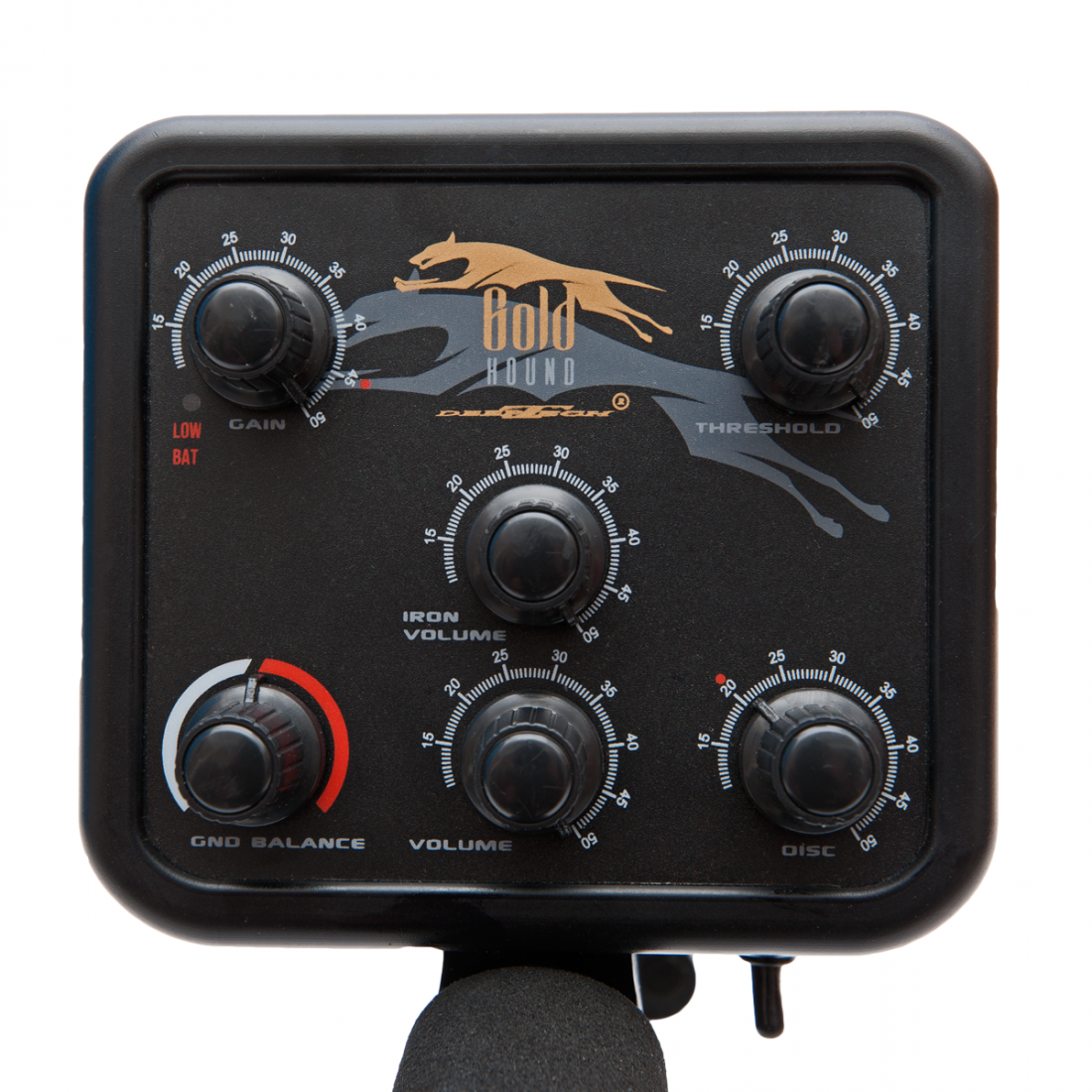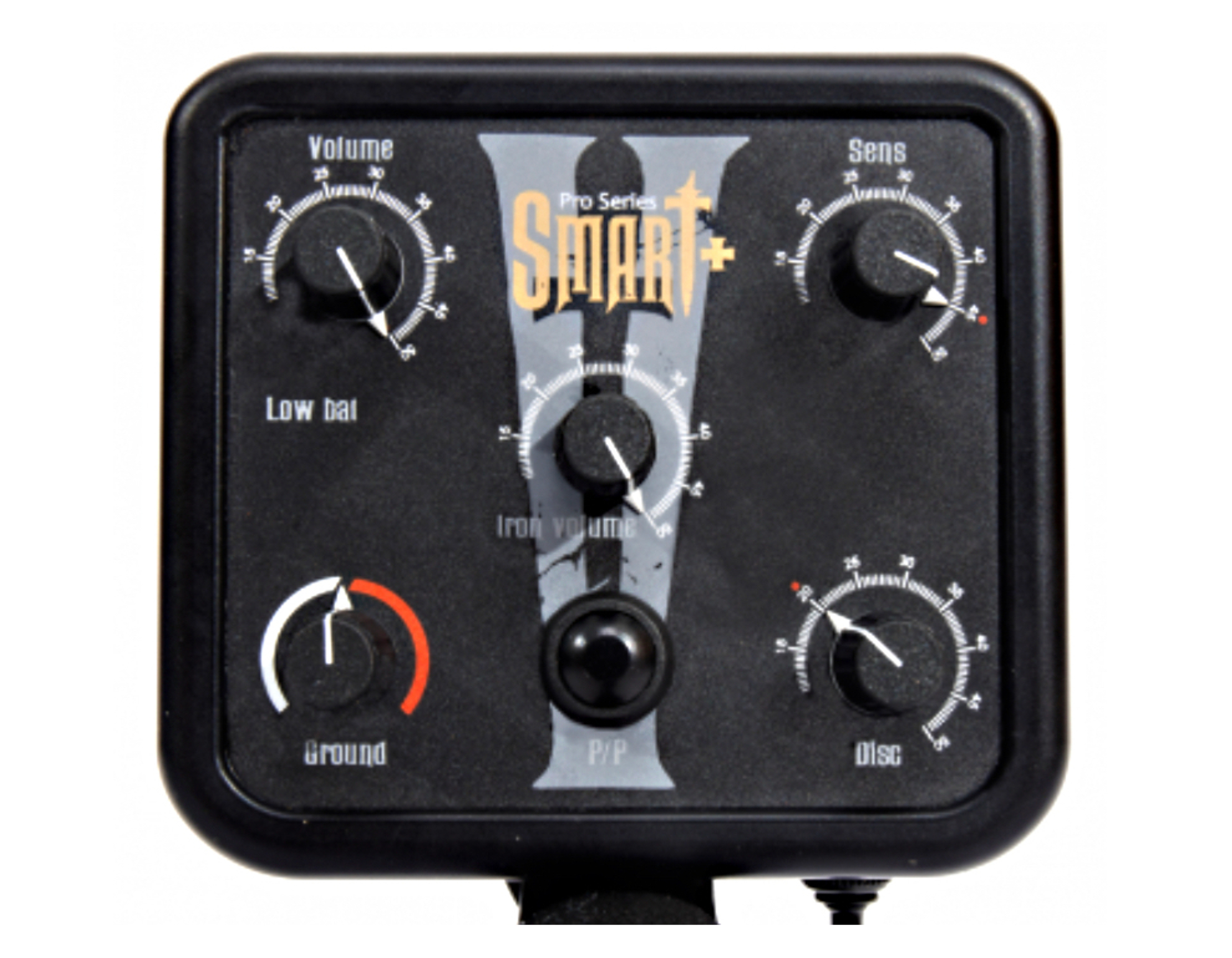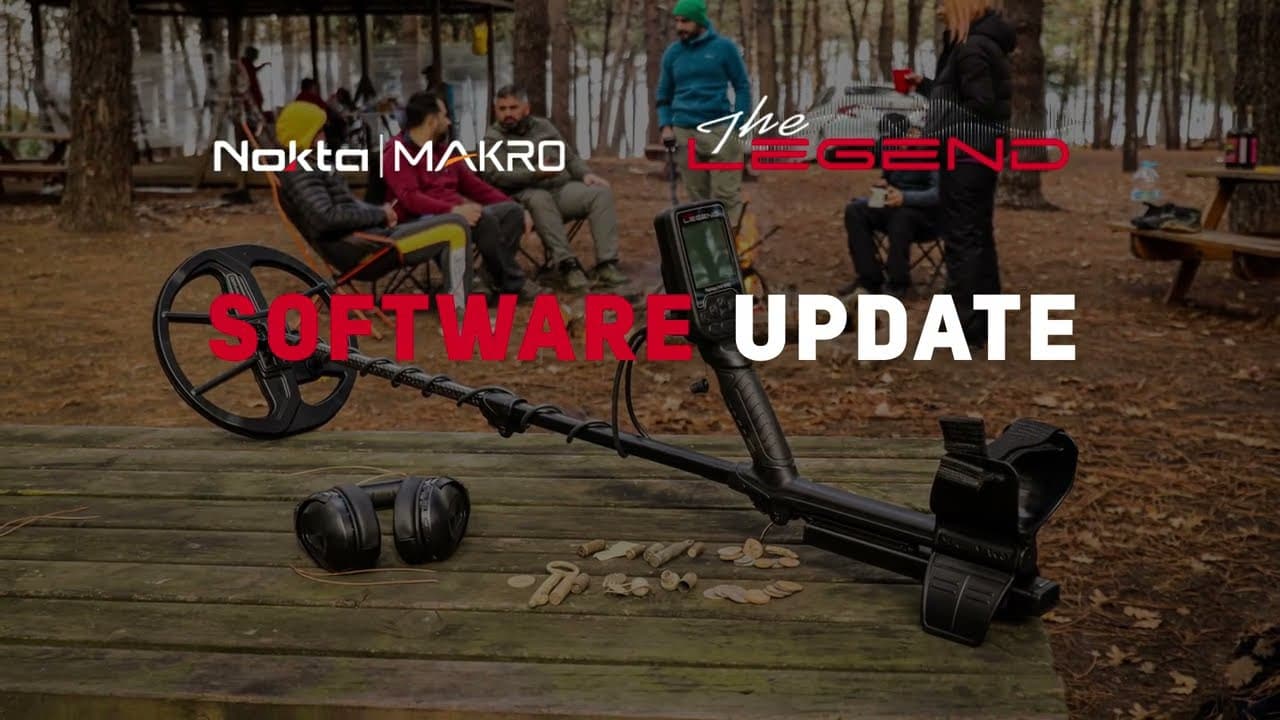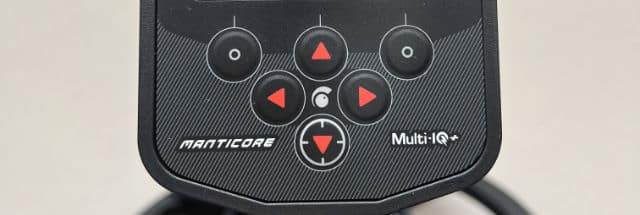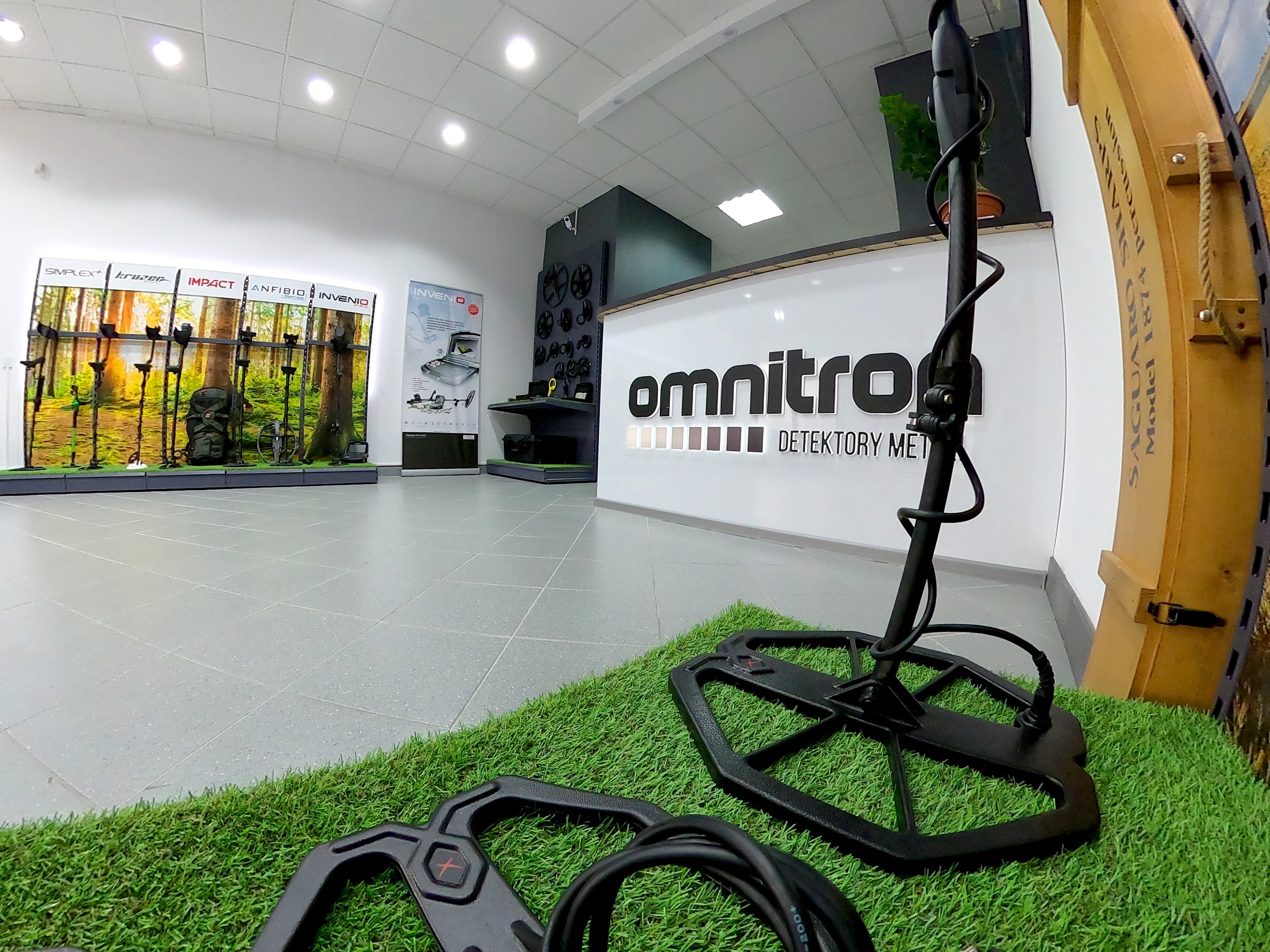
Treasure hunting – coins, jewelry, and other valuable items is an interesting hobby that is becoming more and more popular. Of course, in order to start your adventure, you must first equip yourself with a decent metal detector. What issues should you pay attention to when choosing the perfect device? Below are some tips. We encourage you to read!
Metal detector – what to pay attention to?
People who want to start their adventure by searching for coins, jewelry, historical memorabilia, and other valuable items can choose from VLF dynamic detectors, pulse detectors, and IB detectors from many manufacturers and in a wide price range.
What parameters, in particular, are worth paying attention to so that the selected model is 100% suited to our needs? The most important parameters here are:
Operating mode – one of the most important parameters to pay attention to is the detector’s operating mode, there are static and dynamic devices available.
What are the differences between them?
Static mode – when the probe approaches a metal object, the detector reacts by changing the sound intensity. The detector beeps as long as the object is in range of the device, and stops when neutral. By changing the modulation of the audio signal, it is possible to determine some of the characteristics of a metal object.
Dynamic mode – the detector responds with a change in sound intensity when a metal object is nearby. Unlike devices operating in static mode, it goes silent when the person operating the detector stops.
Resetting function – changing the detector’s settings may occur as a result of temporal or thermal instability, here the resetting function is extremely useful, which allows you to efficiently (just press the appropriate button) return to the previously set detector functions. Static device domain.
Discrimination mode – it should be noted that not all metal objects found in the ground are important for seekers – we are talking about cans or foil, for example. Instead of wasting time digging up and cleaning useless items, it is worth focusing only on those that are important to us. This is why detectors with discrimination mode are the recommended solution. Discrimination is the device’s ability to identify buried objects based on their conductivity and ferromagnetic properties. Advanced detectors are equipped with 5 discrimination modes, they are:
discrimination disabled, all metal objects are signaled with one tone, so-called all-metal
the device does not detect ferrous objects – silent discrimination (they are omitted in the audio line)
in the case of detecting ferrous objects, the detector signals them with a low tone, in the case of other objects, the tone is high
discrimination of selected non-ferrous metals – the selective setting of signaling depending on the conductivity scale (numerical ID scale)
tonal signaling of all conductors – the so-called Multitone. Each conductor has a different signal, often the ID scale is up to 99
Probe – coil detects electromagnetic waves that are sent to the ground and receives electromagnetic waves induced in the object.
DD or CC probe. We have a choice of coaxial or DD probes, each has its advantages and disadvantages.
Shaft – has a significant impact on the weight of the device as well as its compactness and ergonomics. The peak of dreams is a carbon fiber telescopic version.
Ground balance – every treasure hunter should be aware that there may be small iron particles, salts, or other minerals in the ground that will cause the detector to react. The ground balancing function ensures that we only hear signals from an object buried in the ground, and the sound is not affected by the ground response. We can list three modes of ground tuning, these are manual, automatic, ground tracking, and so-called tracking.
Power supply – another factor that we must pay attention to is the power supply of the device. Remember that not only the capacity of the battery or power cells counts but also their weight – the lighter, the less tiring the hikes will be.
Detector weight – heavy detectors are simply inconvenient and impractical. It is therefore worth betting on a model that will be durable and at the same time relatively light.
Range – the range of the detector depends on the size of the underground object. In the case of a button or coin, the range can be even 10-25 centimeters and more, in the case of a larger medium-sized object 50-80 cm, and in the case of large objects about 1.5 m.
Metal detector – other parameters
In addition to the above-mentioned features, it is worth paying attention to such issues as a loudspeaker that will guarantee the high signal quality, an adjustable armrest that will increase comfort while searching, an intuitive interface with which you can adjust the volume and discrimination, and set other key functions.
Summary
Searching for hidden objects in the ground is an exciting hobby that is becoming more and more popular. On a great treasure hunt, of course, a metal detector is essential. What parameters should you pay attention to when choosing the perfect model? Here you can list issues such as operating mode, discrimination mode, operating frequency, probe size, iron masking, frame, ground balance, power supply, weight, or range.
In case of problems with the choice, it is worth relying on the help of specialists who will carefully analyze our needs and propose the optimal solution.
